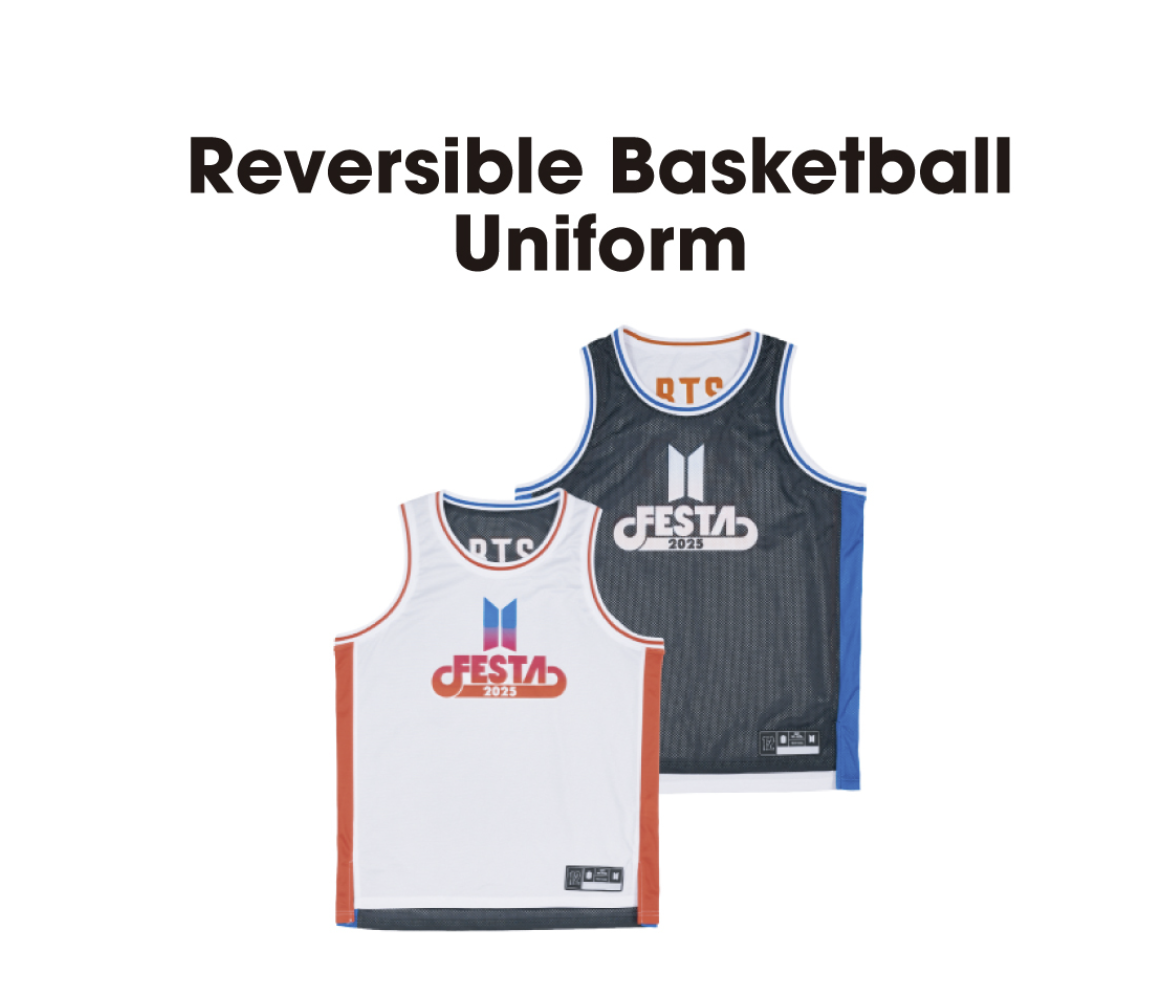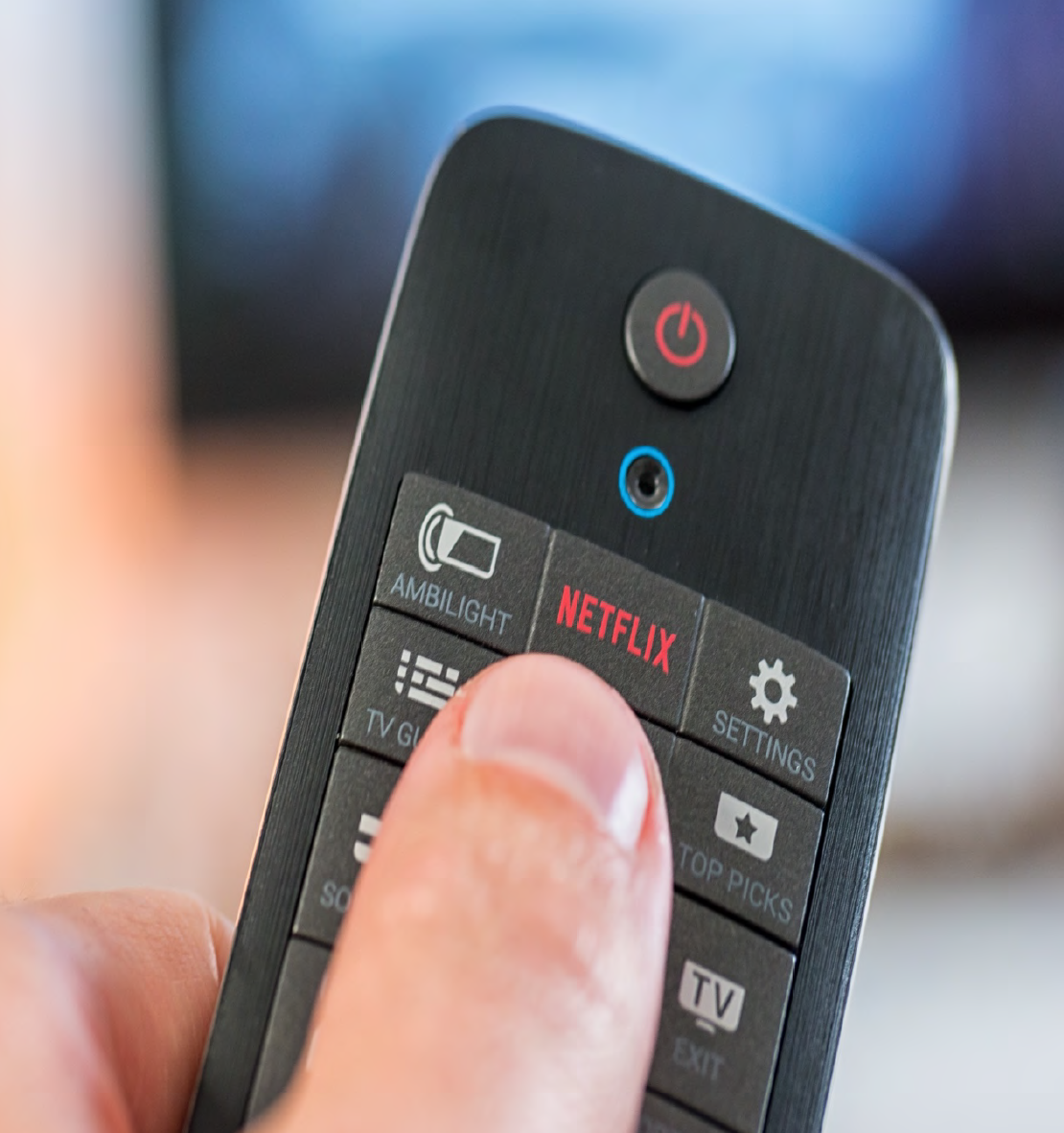Hulk Hogan, Shirt-Shredding Superstar of Pro Wrestling, Dies at 71 ('헐카매니아' 열풍의 주인공 헐크 호건 별세, 71세)
'헐카매니아' 열풍의 주인공 헐크 호건 별세, 71세
"Real American" 입장 테마로 한국에서도 사랑받았던 프로레슬링 황제
안드레 더 자이언트와의 '세기의 대결'로 레슬링을 세계적 스포츠 엔터테인먼트로 승화
1980년대 전 세계를 휩쓴 '헐카매니아(Hulkamania)' 현상의 주인공이자 한국에서도 '리얼 아메리칸(Real American)' 테마곡과 함께 절대적 인기를 누렸던 프로레슬링의 황제 헐크 호건(Hulk Hogan, 본명 테리 진 볼리아)이 24일(현지시간) 플로리다주 클리어워터 자택에서 심장마비로 71세를 일기로 세상을 떠났다. 레슬링을 지역 오락에서 수십억 달러 규모의 글로벌 엔터테인먼트 산업으로 변모시킨 산 증인의 마지막이었다.
“Hulkamania”는 헐크 호건(Hulk Hogan)과 ‘매니아(mania, 열광적인 팬덤)’라는 단어가 합쳐진 말로, 헐크 호건을 중심으로 한 열광적인 프로레슬링 팬덤과 문화를 의미한다. 1980년대와 1990년대 프로레슬링 세계에서 헐크 호건은 단순한 선수 이상의 상징적인 인물이었고, 그의 등장과 함께 팬들이 대규모로 열광하고 따라 하는 ‘헐크 매니아’ 현상이 일어났다.
이 팬덤을 통해 호건은 대중문화 아이콘으로 자리 잡았으며, 그의 말투, 제스처, 구호( “Brother!”)와 경기 전 셔츠를 찢는 퍼포먼스 등이 팬들 사이에 크게 유행했다.
한국에서 헐크 호건의 이름이 널리 알려진 계기 중 하나는 미군방송(AFKN)을 통해 방영된 프로레슬링 중계였다.주말마다 골목길에서 놀던 아이들까지 경기 시간이 되면 집으로 돌아와 TV 앞에 모여 호건의 경기를 지켜봤다. 대표 경기였던 ‘WrestleMania’에서의 명장면, 특히 1987년 9만명이 넘는 관중 앞에서 안드레 더 자이언트를 바디슬램하는 모습은 국내 팬들에게도 전설로 남아 있다.
헐크 호건의 눈에 띄는 금발, 말굽 모양의 콧수염, ‘24인치 파이톤’이라 불린 팔뚝, 그리고 경기 전 셔츠를 찢는 퍼포먼스 등은 어린이들의 롤모델이 됐다. ‘헐크 따라하기’ 놀이나 축제, 완구, 만화, 포스터에도 등장하며 80~90년대 한국 사회에서 특별한 문화적 영향력을 발휘했다. 호건의 정의로운 이미지는 당시 한국에서 ‘힘과 선(善)’의 영웅으로 받아들여졌고, 많은 팬들에게 용기와 힘을 주는 존재였다.
Hulk Hogan, Shirt-Shredding Superstar of Pro Wrestling, Dies at 71
The charismatic wrestler helped build an entertainment on the margins into a cultural behemoth
'Hulkamania' phenomenon and 'Real American' theme captivated global audiences in the 1980s
Body slam of André the Giant and '24-inch pythons' became iconic symbols of wrestling entertainment
Hulk Hogan, whose flamboyance and star power helped transform professional wrestling from a low-budget regional attraction into a multibillion-dollar industry, died on Thursday in Clearwater, Fla. He was 71. The mastermind behind the global 'Hulkamania' phenomenon of the 1980s, Hogan became the most recognizable face in professional wrestling, turning the sport into mainstream entertainment that captivated audiences worldwide, from American arenas to television screens in South Korea.
프로레슬링계의 절대 황제, 마지막 순간
클리어워터 경찰서에 따르면 24일 오전 9시 51분경 호건의 클리어워터 비치 자택에 심장마비 신고가 접수됐다. 응급처치를 받은 호건은 모튼 플랜트 병원으로 긴급 이송됐으나 오전 11시 17분 끝내 숨을 거뒀다.
클리어워터 경찰서 네이트 번사이드 소령은 기자회견에서 "의심스러운 활동이나 타살의 흔적은 전혀 없다"며 "가족들의 사생활을 존중해 달라"고 당부했다.
'헐카매니아'로 전 세계를 사로잡다
1953년 8월 11일 조지아주 오거스타에서 태어난 테리 볼리아는 1977년 프로레슬링계에 입문했다. 6피트 8인치(약 203cm)의 거대한 키와 300파운드(약 136kg)의 육중한 몸무게, 그리고 금발 머리와 말굽 모양 콧수염이 트레이드마크였다.
1979년 당시 월드 레슬링 페더레이션(WWF, 현 WWE)에 합류한 그는 1984년 1월 23일 매디슨 스퀘어 가든에서 아이언 시크(The Iron Sheik)를 꺾고 WWF 챔피언에 올랐다. 이 순간이 바로 전 세계를 강타한 '헐카매니아' 현상의 시작이었다.
한국에서도 절대적 인기, '리얼 아메리칸'의 전설
1980년대 후반과 1990년대 초 한국에서도 호건의 인기는 하늘을 찔렀다. 릭 데링거(Rick Derringer)가 부른 "Real American" 테마곡이 울려 퍼지면 온 가족이 TV 앞에 모여들었고, 그의 시그니처 무브인 '레그 드롭(Leg Drop)'과 "24인치 파이톤(24-inch Pythons)"이라 불린 거대한 이두근은 한국 아이들의 선망의 대상이었다.
특히 그가 입장할 때마다 보여준 셔츠 찢기 퍼포먼스와 "왓차 고나 두?(Whatcha gonna do?)" 캐치프레이즈는 한국 프로레슬링 팬들 사이에서도 유명한 밈이 되었다.
안드레 더 자이언트와의 '세기의 대결'
호건의 가장 전설적인 순간은 1987년 3월 29일 미시간주 폰티악 실버돔에서 벌어진 레슬매니아 III에서 안드레 더 자이언트(André the Giant)와의 대결이었다. 520파운드(약 236kg)의 거인 안드레를 들어 올려 바디슬램으로 제압한 이 경기는 93,173명의 관중 앞에서 펼쳐졌으며, 프로레슬링 역사상 가장 상징적인 순간 중 하나로 기록됐다.
선역에서 악역으로, 'nWo' 창설의 주역
1996년 호건은 충격적인 변신을 시도했다. WCW(World Championship Wrestling)로 이적한 그는 기존의 선역(베이비페이스) 이미지를 버리고 '할리우드 헐크 호건(Hollywood Hulk Hogan)'이라는 악역(힐) 캐릭터로 변신했다. 검은색과 흰색 의상으로 갈아입은 그는 스콧 홀, 케빈 내시와 함께 'nWo(New World Order)'를 결성해 프로레슬링계에 또 다른 혁명을 일으켰다.
영화계 진출과 대중문화 아이콘
호건은 레슬링장을 넘어 대중문화 전반에 영향을 미쳤다. 1982년 실베스터 스탤론 주연의 '록키 3'에서 썬더립스(Thunderlips) 역으로 출연해 할리우드에 첫발을 내디뎠다. 이후 '노 홀즈 바드(No Holds Barred, 1989)', '서버반 코만도(Suburban Commando, 1991)', '미스터 내니(Mr. Nanny, 1993)' 등의 영화에 주연으로 출연했다.
또한 1985년 CBS에서 방영된 애니메이션 '헐크 호건의 록 앤 레슬링(Hulk Hogan's Rock 'n' Wrestling)'과 2000년대 중반 VH1의 리얼리티쇼 '호건 노우즈 베스트(Hogan Knows Best)'를 통해 온 가족이 즐기는 엔터테이너로 자리매김했다.
논란과 복귀의 연속
호건의 경력에는 적지 않은 논란이 따랐다. 1994년 스테로이드 사용을 공개적으로 인정했으며, 2015년에는 과거 성관계 비디오에서 인종차별적 발언을 한 것이 공개되어 WWE 명예의 전당에서 일시 제명되기도 했다. 하지만 2018년 공식 사과와 함께 복귀했다.
2012년에는 친구의 아내와의 성관계 영상을 무단 공개한 온라인 매체 가커(Gawker)를 상대로 프라이버시 침해 소송을 제기해 1억 4천만 달러 배상 판결을 받았다. 이 소송은 테크 억만장자 피터 틸의 자금 지원을 받아 진행됐으며, 결국 가커가 폐쇄되는 결과를 낳았다.

Cardiac Arrest at Florida Home
Police and fire department personnel in Clearwater were called to Hogan's home on Clearwater Beach, where Hogan was treated for cardiac arrest, the police said in a "news alert" post on Facebook. He was taken to a nearby hospital, where he was pronounced dead, they said.
The Face of Professional Wrestling
Hogan was the face of pro wrestling for decades, with his blond hair and horseshoe mustache, colorful bandannas and massive biceps, which he referred to as "24-inch pythons."
Even after his wrestling days were over, he remained in the spotlight, most recently when he spoke last year at the Republican National Convention in Milwaukee, tearing off his shirt to reveal a Trump/Vance shirt underneath. He was earlier involved in a high-profile lawsuit in 2012, bankrolled by the billionaire Peter Thiel, against Gawker, the irreverent media company, after Gawker posted a video of Hogan having sex with a friend's wife. He won the case on invasion of privacy grounds, reaping millions in damages.
Signature Pre-Match Rituals
Hogan's routine before a wrestling match was guaranteed to send fans into a frenzy. He would cup his hand to his ear to encourage the roaring crowd and tear off his shirt, which was pre-ripped to ease the process. Fans loved him as much for his charm and physique as for his old-fashioned grappling ability.
From Terry Bollea to Hulk Hogan
Hogan was born Terry Gene Bollea, on Aug. 11, 1953, in Augusta, Ga. His father, Peter, was a construction foreman; his mother, Ruth (Moody) Bollea, was a dance teacher. He attended the University of South Florida but dropped out, choosing the wrestling mat over the classroom.
He started wrestling in 1977. Like many in the sport, he was a big man, weighing 300 pounds in his prime. He was also exceptionally tall, 6-foot-8, helping to further a trend toward very big men in wrestling.
He adopted the name "Hulk" because of comparisons to the muscular comic book character on the CBS television program "The Incredible Hulk." In 1979, he made it to the World Wrestling Federation (now World Wrestling Entertainment) and took on the alliterative last name Hogan.
정치적 관여와 트럼프 지지
은퇴 후에도 호건은 정치적 목소리를 냈다. 2024년 7월 밀워키에서 열린 공화당 전당대회에서는 도널드 트럼프 후보를 지지하는 연설을 하며 무대에서 셔츠를 벗어 안에 있던 '트럼프/밴스 2024' 티셔츠를 드러내는 파포먼스를 보여 화제가 됐다.
최근 몇 년간 호건의 건강은 급격히 악화됐다. 2024년 9월 로간 폴의 팟캐스트 'IMPAULSIVE'에 출연해 "지난 10년간 25번의 수술을 받았다. 그 중 10번이 등 수술이었고, 양쪽 무릎과 엉덩이를 교체했으며 어깨 등 모든 부위를 수술했다"고 털어놨다.
2025년 초에는 4단계 경추 융합 수술을 받기도 했으며, 최근까지도 목 통증과 신경 문제로 지팡이에 의존해야 했다고 전해진다.
전 세계의 추모 물결
호건의 별세 소식이 전해지자 전 세계에서 추모 메시지가 쏟아졌다. WWE는 공식 성명을 통해 "1980년대 WWE가 세계적 인지도를 얻는 데 도움을 준 대중문화의 가장 상징적인 인물 중 하나였다"고 애도했다.
JD 밴스 부통령은 "헐크 호건은 위대한 미국의 아이콘이었다. 어린 시절 내가 진심으로 존경했던 첫 번째 인물 중 하나였다"라고 추모했다.
빈스 맥마흔 전 WWE 회장은 "세상이 오늘 보물을 잃었다. 헐크 호건은 역대 최고의 WWE 슈퍼스타였으며, 레슬링 스타에서 글로벌 현상으로 전환한 최초의 퍼포머였다"고 긴 추도문을 남겼다.
프로레슬러 릭 플레어는 "우리 우정은 내게 세상과도 같았다. 내가 요청하지 않았을 때도 항상 곁에 있어줬다"며 눈물의 추도를 했다.
새로운 도전, 'Real American Freestyle' 창설
호건은 생애 마지막까지도 새로운 도전을 멈추지 않았다. 2025년 4월 에릭 비숍과 함께 아마추어 레슬링 리그 'Real American Freestyle'을 창설했으며, 8월 30일 첫 번째 이벤트를 앞두고 있었다.
동업자 차드 브론스타인은 "우리는 커미셔너를 잃었다. 친구를 잃었다. 그리고 레슬링계는 링 안팎에서 가장 위대한 챔피언 중 하나를 잃었다"며 애도했다. 헐크 호건의 죽음은 단순히 한 레슬러의 별세가 아니라 하나의 시대가 막을 내린 것이다. 그는 프로레슬링을 지역적 오락에서 글로벌 엔터테인먼트 제국으로 발전시킨 최고의 공로자였다.
한국을 포함해 전 세계 수백만 명의 '헐카매니악(Hulkamaniacs)'들이 그를 기억할 것이다. "Real American" 테마곡이 울려 퍼질 때마다, 그리고 누군가 셔츠를 찢을 때마다 헐크 호건의 전설은 영원히 계속될 것이다.
"헐카매니아는 영원히 살아갈 것입니다. 그것은 불멸입니다"라고 생전 그가 말했듯이.
주요 기록
- WWE 챔피언십 6회 우승 (최장 1,474일 재위)
- WCW 월드 헤비웨이트 챔피언십 6회 우승
- WWE 명예의 전당 2회 헌액 (2005년 개인, 2020년 nWo 멤버)
- 레슬매니아 메인이벤트 8회 출전
유족
부인 스카이 데일리(Sky Daily, 2023년 결혼), 전 부인 린다 호건(1983-2009), 제니퍼 맥다니엘(2010-2021), 자녀 브룩 호건(37), 닉 호건(34)
From Heel to Hero
Those were the days when wrestling's good guys, or "faces," were clean-cut all-American types, and a savvy fan could guess that a wrestler was going to turn bad by noticing his hair grow a little longer. In that environment, the longhaired, edgier Hogan clearly fit the bad guy, or "heel," mode. He developed a rivalry with the champion Bob Backlund, a traditional Midwestern milk-drinking good guy.
Hogan catapulted to greater fame after appearing in the movie "Rocky III" in 1982. He played a wrestler, Thunderlips, who takes on Rocky (Sylvester Stallone) in a charity wrestler-versus-boxer match. The preening, egotistic Thunderlips batters an unprepared Rocky, throwing him out of the ring and into the crowd. Despite his brief screen time, Hogan created a character that stuck in viewers' minds, no mean feat in a film that also starred the bombastic Mr. T.
The Birth of Hulkamania
After a brief time away, Hogan returned to the W.W.F. in 1983. His popularity had grown so great that it seemed clear he was destined to be a good guy, despite his less-than-button-down appearance. His rebranding helped pave the way for the broadening of the face category to include all types of wrestlers.
Not every hard-core wrestling fan warmed to Hogan. Some considered his main strength to be showmanship rather than wrestling ability. He was named most overrated wrestler by the insider magazine Wrestling Observer several times in his career. But the bulk of wrestling fandom was hardly concerned about a supposed lack of technical prowess and got on board with the phenomenon that became known as Hulkamania.
"In blasé Manhattan, where the likes of Jackie O. and Mr. T have been observed walking the streets unhindered," The New York Times wrote in 1984, "Hulk Hogan cannot go 10 feet."
The Patriotic Persona and 'Real American'
The W.W.F. gave Hogan a patriotic persona: He developed rivalries with the Iron Sheik and Nikolai Volkoff, who represented the United States' global rivals Iran and the Soviet Union (never mind that Volkoff was actually Croatian). Hogan started arriving at matches accompanied by the song "Real American" by Rick Derringer and began urging fans to take their vitamins.
Despite that exhortation, he admitted in 1994 that his physique was partly the result of taking steroids.
Hogan held the W.W.F.'s title belt many times over the years, including a four-year stretch in the mid-1980s, an epic period of dominance in an ever-changing sport.
Filling Arenas Nationwide
He regularly filled arenas around the country, and big events at which he was the headliner, like WrestleMania, could easily fill stadiums.
The thousands in the stands eagerly awaited a Hogan victory, which often involved "Hulking up": A seemingly defeated Hogan would turn things around by absorbing the blows of his opponent, each one somehow making him stronger. Hogan's finishing move was often the leg drop, in which he would bounce off the rope, leap in the air and land, leg first, on a prone opponent. Few foes lasted long after that move.
Master of the Interview
Wrestling stardom is never just about in-ring performance, and Hogan excelled in another key area: on-camera interviews. He would appear to be in a passionate frenzy, but remained controlled beneath the surface, delivering the story line of the day. A trademark was calling the audience "brother" in a gravelly voice.
After winning the title in 1984, Hogan told the interviewer Gene Okerlund: "It is the dream of a lifetime, daddy. This is like going to the mountaintop 1,000 times over. I feel the energy. Hulkamania's running worldwide!"
The Legendary André Match
Shortly afterward, he was doused in champagne by Andre the Giant. But their friendship would not last forever.
In 1987, in perhaps Hogan's most memorable match, at the height of Hulkamania, he was matched up against Andre at WrestleMania III, at the Silverdome in Michigan. Andre, a longtime fan favorite, had recently turned heel.
Andre was said not to have lost in the ring for 15 years. But Hogan defeated him. The result of the match, like all pro-wrestling bouts, was predetermined, but that did not diminish the impact of the bout's biggest moment: Hogan body slammed the 500-pound Andre.
Hollywood Crossover
Hogan had hit peak stardom, and crossed over into starring in movies. He played a wrestler in "No Holds Barred" (1989) and an ex-wrestler-turned-caregiver in "Mr. Nanny" (1993). He also starred as a mercenary in the television series "Thunder in Paradise."
WCW Era and the New World Order
Once his film and television career began to fade, Hogan moved to World Championship Wrestling in 1994 and developed a whole new set of rivalries, including one with Ric Flair, the dominant wrestler for years in that organization. Wrestling mostly as a heel, Hogan formed a group of wrestlers called the New World Order and called himself "Hollywood" Hogan.
He returned to the newly renamed W.W.E. in 2002, and later left and returned several more times, wrestling for other companies in between.
Reality TV Fame
In 2005, he appeared in the reality series "Hogan Knows Best," along with his wife at the time, Linda (Claridge) Hogan, and his children, Brooke (Hogan) Oleksy, a singer, and Nick Hogan, a racecar driver. They survive him, along with his third wife, Sky Daily, and two grandchildren.
Legal Battles and Controversies
He was in the public eye in a less savory way in 2012, during his lawsuit against Gawker, backed by Mr. Thiel, the Republican political patron, whom the site had outed as gay a decade earlier.
Hogan contended that by posting the video, Gawker had invaded his privacy; Gawker said it was newsworthy. A jury sided with Hogan, awarding him $140 million in 2016; the case was eventually settled for $31 million, and Gawker Media filed for bankruptcy.
In 2015, a tape of Hogan using racial slurs emerged. He apologized, but was dismissed from the W.W.E. He returned to W.W.E. shows in 2018.
Political Involvement and Trump Support
At last year's Republican National Convention, Hogan delivered a memorable speech supporting Donald Trump, dramatically tearing off his shirt to reveal a Trump/Vance tank top underneath. "What happened last week when they took a shot at my hero, and they tried to kill the next president of the United States. Enough was enough," he declared. "And I said, let Trumpamania run wild, brother. Let Trumpamania rule again. Let Trumpamania make America great again."
Maintaining Normalcy
Throughout the craziness of Hulkamania, Hogan said he tried to maintain normalcy. "The moment I come home, the headband comes off the bald head, and it's just Terry: dad, father, husband, friend," he told the talk show "The 700 Club" in 2024.
"The problem is, the moment I leave the house, the moment I walk out the front door, the world doesn't want Terry. The mailman goes, 'Hey, Hulk.' So instead of saying 'Good morning, sir,' I say, 'Hey, brother, how you doing?'"
Conclusion
Hulk Hogan's death marks the end of an era in professional wrestling and popular culture. He was the singular figure who transformed wrestling from a regional sideshow into a global entertainment empire, creating a template for sports entertainment that endures today.
His impact extended far beyond American shores. In countries like South Korea, families would gather around television sets in the 1980s and 1990s to watch "Real American" thunder through arenas as Hogan made his entrance, his shirt-ripping routine and "24-inch pythons" becoming cultural touchstones for an entire generation.
The phenomenon he created – Hulkamania – was more than just professional wrestling. It was a cultural movement that proved sports entertainment could transcend traditional boundaries, turning athletes into global celebrities and regional attractions into billion-dollar industries.
As he once declared after winning the championship: "Hulkamania's running worldwide!" Indeed, it was – and his legacy ensures it always will be.







![[보도자료]Kocowa, 유럽 진출 1년 성과](https://storage.googleapis.com/cdn.media.bluedot.so/bluedot.kentertechhub/2025/07/d4i5qa_202507142153.png)





![[Report]Inclusion & Equity Report 2025 by WGA](https://storage.googleapis.com/cdn.media.bluedot.so/bluedot.kentertechhub/2025/05/dza9ol_202505310259.png)
